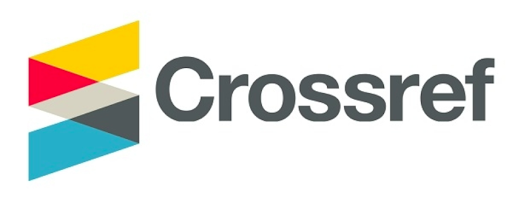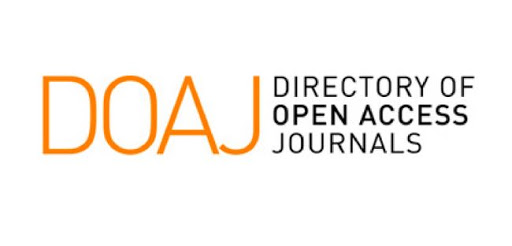Paper ID : SMJ1505255905700 | View : 18

Abstract : This in-vivo study compares the effects of two distinct attachment modalities on reduction in buccolingual bone width in patients with mandibular overdentures. The study population comprised completely edentulous individuals who received new complete maxillary and mandibular dentures. Two dental implants were installed in the canine regions of each mandible. Subjects were divided into two groups: Group I, utilizing Locator attachments, and Group II, employing Novaloc attachments, both fixated to the implants. Changes in bone buccolingual width around the implants were quantified radiographically using cone beam computed tomography (CBCT). Measurements were obtained at baseline, and at four, eight, and twelve months post-loading. Inferential statistical analysis using independent samples t-tests revealed no statistically significant difference between the Novaloc and Locator groups regarding reduction in buccolingual width at different times, except at the final time point (0-12 months) (p=0.028). The mean reduction in buccolingual width was higher in the Locator group than in the Novaloc group at all time points. The findings of this study suggest that the Novaloc attachment system demonstrates potential as a favorable option for implant-retained overdentures, exhibiting reduced buccolingual width reduction after a one-year follow-up period.










